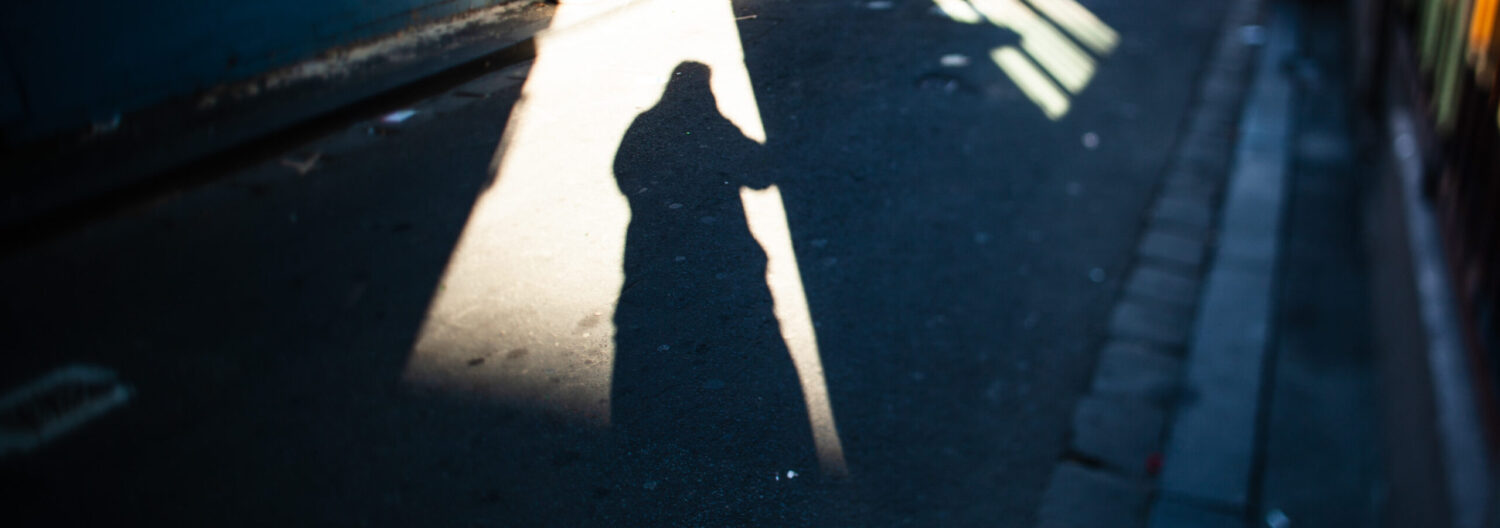4 days is not enough but it fits where I wanted to visit, what I wanted to eat and also catch up with everyone who is available to have a meal with me.
Besides taking snap photos with the Ricoh GRD. I also take time with the Fujifilm GFX 50S II playing with the dynamics of the camera capabilities.

One of my first photographs was taken in Odaiba, where I captured the Rainbow Bridge at night. The GFX 50SII’s high ISO capabilities enabled me to capture a stunning image in low-light conditions. The in-camera body stabilisation also proved extremely effective, allowing me to capture the picture handheld.


I was wandering around Shinbashi the next day and was struck by the dynamic range of the GFX 50SII. The camera captured the important information between the lights and shadows, resulting in a truly dynamic image.
Finally, I ended the day in Asakusa, photographing the stunning sunset and the iconic Sensoji temple. The GFX 50SII captured the scene’s colours and textures in incredible detail.



The Fujifilm GFX 50SII is not a point-and-shoot camera. It necessitates a more deliberate, slower approach to photography. However, the end result is well worth the effort. In-body image stabilisation of 6.5 stops allows for slow shutter speeds while maintaining sharpness. The dynamic range is also superb, allowing for more detail in both highlights and shadows.



Overall, I’m happy to be back in Tokyo and am extremely thankful for the chance to photograph it using the Fujifilm GFX 50SII. I’m eager to have this camera and produce more beautiful pictures in the future.
I appreciate Fujifilm Malaysia allowing me to use the GFX 50S II. I can’t wait to save funds and make profit for this fabulous camera.

